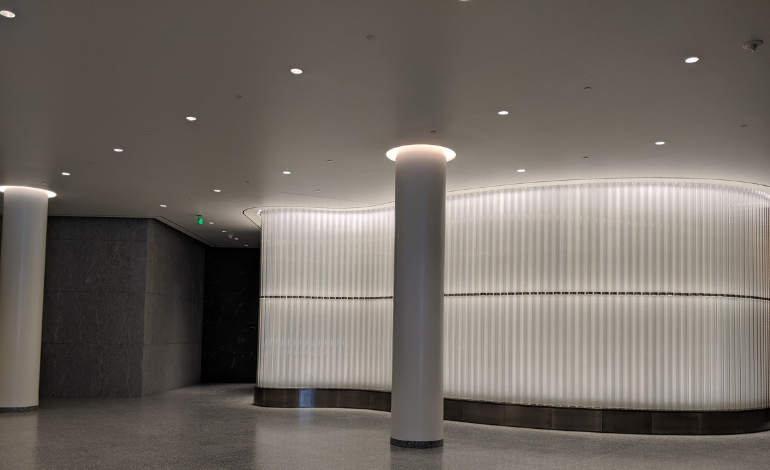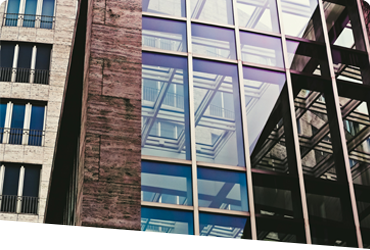
A realm of artistic expression, decorative glass encapsulates a diverse array of glass types, each altered or designed to elevate aesthetics and fulfill specific decorative purposes.
Exhibiting versatility, decorative glass manifests in various forms, textures, colors, and patterns. Its application extends beyond mere ornamentation; it’s a powerful tool for infusing artistic elements and functional enhancements into architectural spaces, interior designs, and specific applications
Decorative glass transforms ordinary glass into an artistic medium, offering a spectrum of forms, textures, colors, and patterns. Tailored for aesthetics and functionality, it plays a pivotal role in elevating architectural spaces and interior designs.


Explore the artistic diversity and functional versatility of decorative glass. Learn how it goes beyond ornamentation, becoming an integral element in shaping architectural spaces and interior designs. Uncover the key aspects of decorative glass through the following questions and answers:
Decorative glass undergoes alterations in forms, textures, colors, and patterns, setting it apart from regular glass. It serves both aesthetic and functional purposes, enhancing its versatility.
Decorative glass finds widespread use in architectural spaces and interior designs, where it adds artistic elements and functional enhancements. It’s employed in windows, doors, partitions, and specific applications where aesthetics play a crucial role.
Decorative glass, with its diverse forms and patterns, becomes a key component in architectural aesthetics. It enhances the overall impact of structures by adding unique visual elements and character.